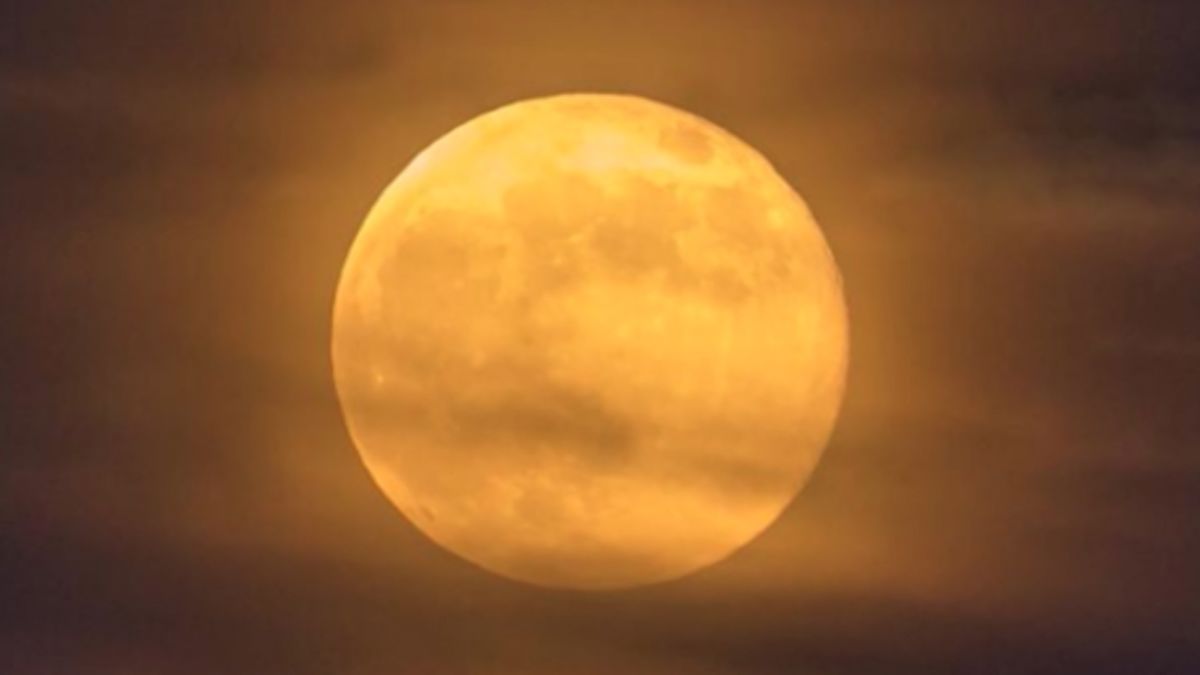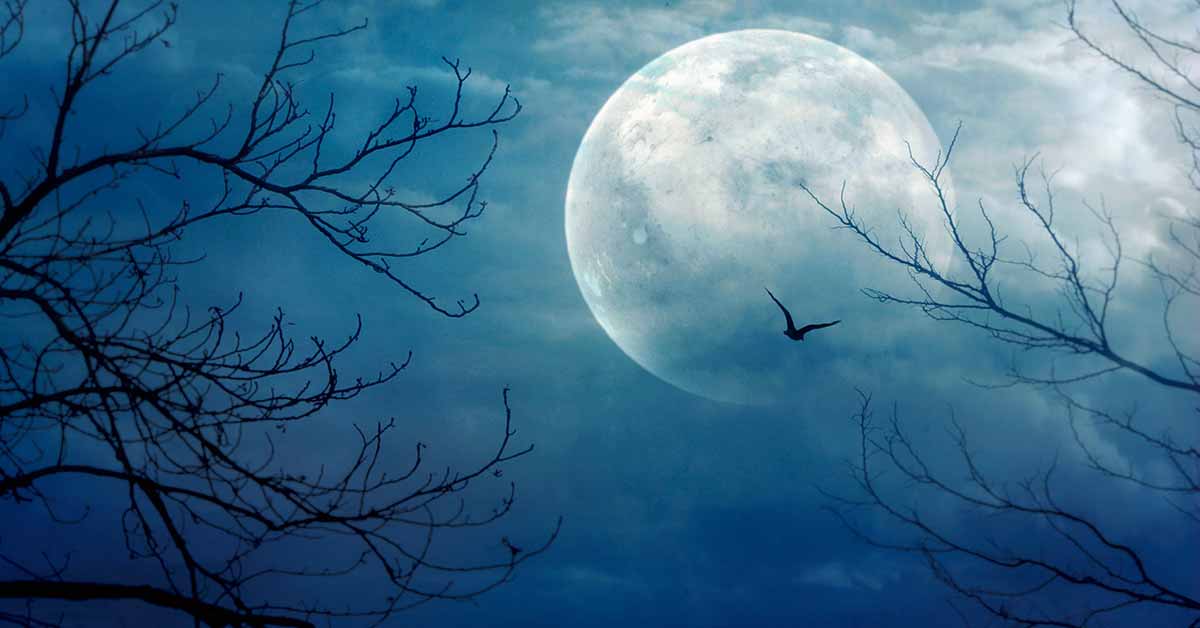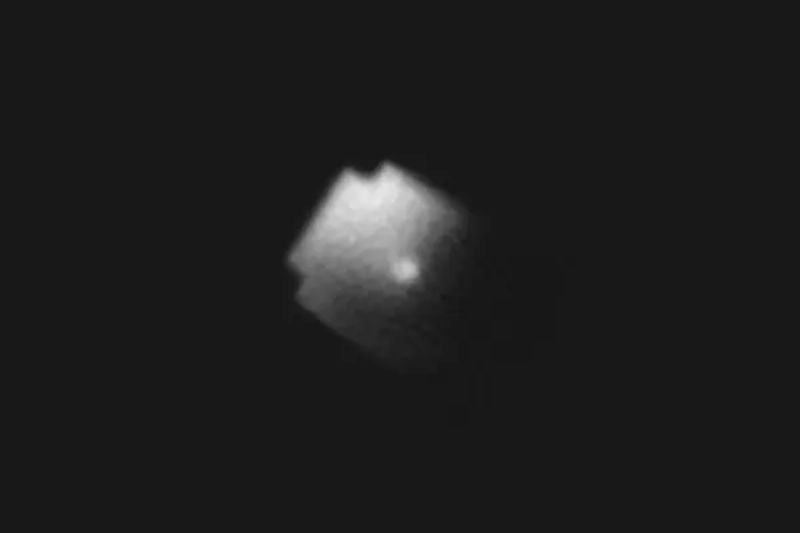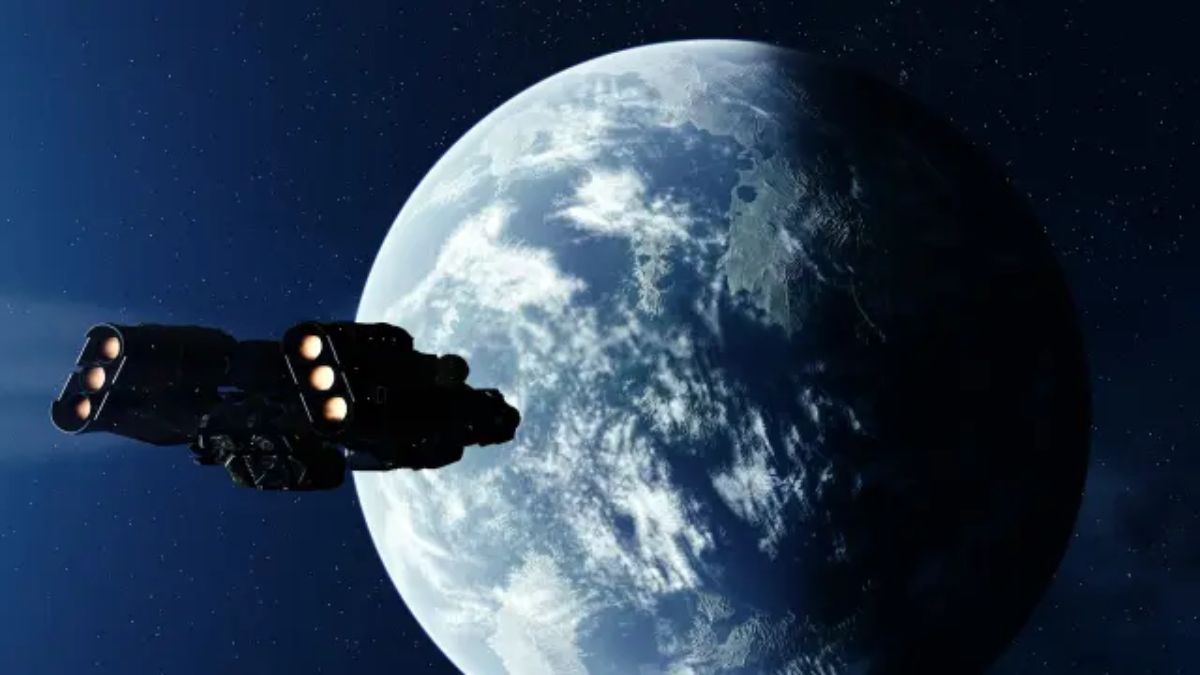The tremendous melting of sea ice at the poles is one of the most urgent problems facing planet as it warms up so quickly. These delicate ecosystems, whose survival depends so heavily on floating ice, have a difficult and uncertain future.
As a result, climate scientists are using AI more and more to transform our knowledge of this vital habitat and the actions that can be taken to preserve it.
Determining the precise date at which the Arctic will become ice-free is one of the most urgent problems that must be addressed in order to develop mitigation and preservation strategies. A step toward this, according to Princeton University research scientist William Gregory, is to lower the uncertainty in climate models to produce these kinds of forecasts.
“This study was inspired by the need to improve climate model predictions of sea ice at the polar regions, as well as increase our confidence in future sea ice projections,” said Gregory.
Arctic sea ice is a major factor in the acceleration of global climate change because it cools the planet overall by reflecting solar radiation back into space. But because of climate change brought on by our reliance on gas, oil, and coal, the polar regions are warming considerably faster than the rest of the world. When the sea is too warm for ice to form, more solar radiation is absorbed by the Earth’s surface, which warms the climate even more and reduces the amount of ice that forms.
Because of this, polar sea ice is extremely important even outside of the poles. The Arctic Ocean will probably eventually have no sea ice in the summer, which will intensify global warming’s effects on the rest of the world.
AI coming to the rescue
Predictions of the atmosphere, land, sea ice, and ocean are consistently biased as a result of errors in climate models, such as missing physics and numerical approximations. Gregory and his colleagues decided to use a kind of deep learning algorithm known as a convolutional neural network for the first time in order to get around these inherent problems with sea ice models.
“We often need to approximate certain physical laws in order to save on [computational] time,” wrote the team in their study. “Therefore, we often use a process called data assimilation to combine our climate model predictions together with observations, to produce our ‘best guess’ of the climate system. The difference between best-guess-models and original predictions provides clues as to how wrong our original climate model is.”
The team aims to show a computer algorithm “lots of examples of sea ice, atmosphere and ocean climate model predictions, and see if it can learn its own inherent sea ice errors” according to their study published in JAMES.
Gregory explained that the neural network “can predict how wrong the climate model’s sea ice conditions are, without actually needing to see any sea ice observations,” which means that once it learns the features of the observed sea ice, it can correct the model on its own.
They achieved this by using climate model-simulated variables such as sea ice velocity, salinity, and ocean temperature. In the model, each of these factors adds to the overall representation of the Earth’s climate.
“Model state variables are simply physical fields which are represented by the climate model,” explained Gregory. “For example, sea-surface temperature is a model state variable and corresponds to the temperature in the top two meters of the ocean.
“We initially selected state variables based on those which we thought a-priori are likely to have an impact on sea ice conditions within the model. We then confirmed which state variables were important by evaluating their impact on the prediction skill of the [neural network],” explained Gregory.
In this instance, the most important input variables were found to be surface temperature and sea ice concentration—much fewer than what most climate models require to replicate sea ice. In order to fix the model prediction errors, the team then trained the neural network on decades’ worth of observed sea ice maps.
An “increment” is an additional value that indicates how much the neural network was able to enhance the model simulation. It is the difference between the initial prediction made by the model without AI and the corrected model state.
A revolution in progress
Though it is still in its early stages, artificial intelligence is becoming more and more used in climate science. According to Gregory, he and his colleagues are currently investigating whether their neural network can be applied to scenarios other than sea ice.
“The results show that it is possible to use deep learning models to predict the systematic [model biases] from data assimilation increments, and […] reduce sea ice bias and improve model simulations,” said Feiyu Lu, project scientist at UCAR and NOAA/GFDL, and involved in the same project that funded this study.
“Since this is a very new area of active research, there are definitely some limitations, which also makes it exciting,” Lu added. “It will be interesting and challenging to figure out how to apply such deep learning models in the full climate models for climate predictions.”

 Technology3 weeks ago
Technology3 weeks ago
 Technology3 weeks ago
Technology3 weeks ago
 Business3 weeks ago
Business3 weeks ago
 Technology3 weeks ago
Technology3 weeks ago
 Business3 weeks ago
Business3 weeks ago
 Technology3 weeks ago
Technology3 weeks ago
 Technology3 weeks ago
Technology3 weeks ago
 Technology3 weeks ago
Technology3 weeks ago






